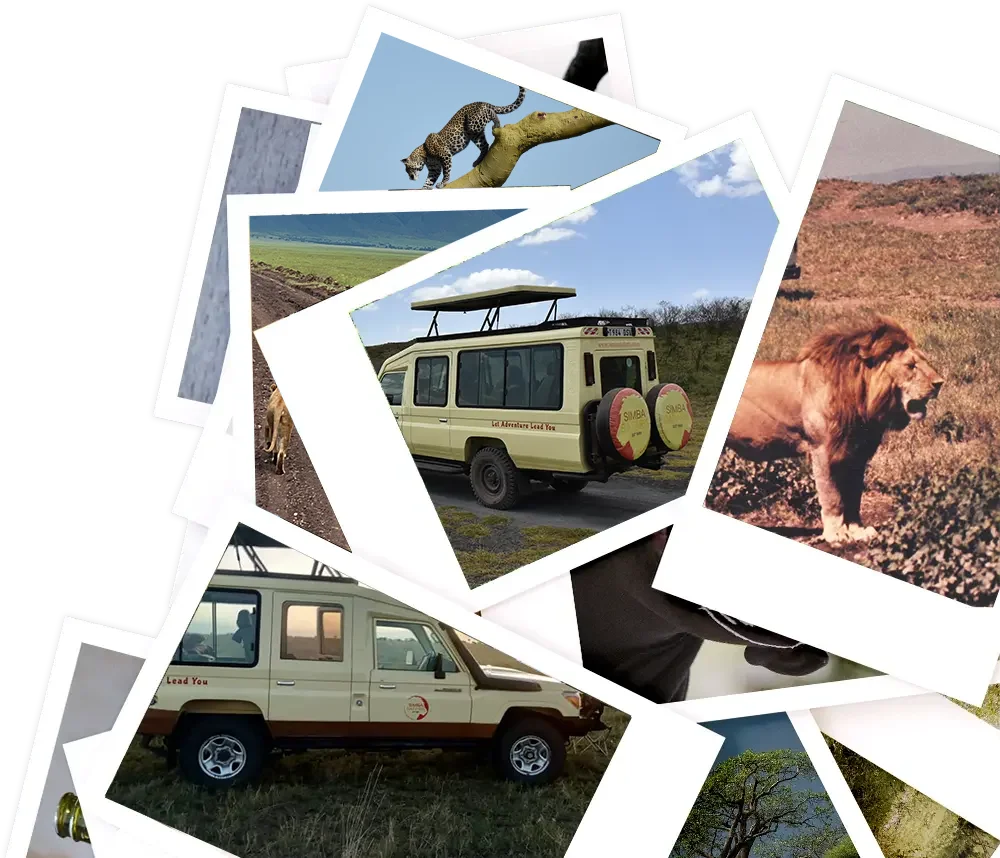Preparing for a Tanzania safari? Here's a concise list of frequently asked questions to guide you on what to expect. Let us answer all your common queries!
While you can visit Tanzania all year round, the best period depends on your goals. If you aim to see the wildebeest migration, aim for June to September. However, the exact location within the Serengeti varies with the migration's movement, influenced by rainfall.
To avoid the crowds, choose spots in the Serengeti and not on the migration path. Remember, March and April are the rainiest, potentially affecting safari plans.
Tanzania is a prime safari destination, boasting abundant wildlife and diverse landscapes. Popular attractions include:
Northern Circuit: Serengeti and Ngorongoro Crater
Southern Circuit: Nyerere National Park and Ruaha National Park
Western Circuit: Katavi National Park
Additionally, Tanzania is home to Africa's tallest peak, Mount Kilimanjaro, which is primarily accessed from Tanzania despite being near the Kenya border.
The cost of a Tanzania Safari is influenced by various factors like activities chosen, accommodation type, trip duration, season, and group size. Consider budgeting starting from $500 per person daily as a general guide. Prices can also fluctuate based on the season: you might save during the rainy season but expect higher costs during prime wildebeest migration times. Camping safaris are often more affordable than luxury lodge safaris. Places like the Serengeti offer larger hotels that might be more budget-friendly.
Tanzania is relatively safe but not without risks. Tourists may encounter touts and petty thefts. Safeguard your valuables, avoid isolated areas, and use only reputable transport. Always carry your passport and monetary essentials with you.
The best times to witness Tanzania's wildebeest migration are June-July in the Serengeti and January-February for calving near Lake Ndutu in the Ngorongoro Conservation Area.
Based on your package choice, accommodation ranges from lodges to tented camps during a Tanzania safari.
Tanzania's official languages are English and Swahili, with Swahili being the national language.
A typical safari lasts 5-10 days, but the duration varies based on personal preferences and destinations.
It's common to see animals like zebras or giraffes near your camp in national parks. While many campsites aim to be animal-free zones, grazers might occasionally wander close. If travelling with children, always exercise caution around the campsite.
Tanzania boasts over 1,100 bird species, some unique to the region. With 16 national parks and numerous mountains, it's a top bird-watching destination in Africa. Notable parks for birding include Tarangire, Lake Manyara, Ngorongoro Crater, and Serengeti.
Hitting the road with a group of friends or family? You’ll enjoy some pretty sweet perks along the way.
Hitting the road with a group of friends or family? You’ll enjoy some pretty sweet perks along the way.
